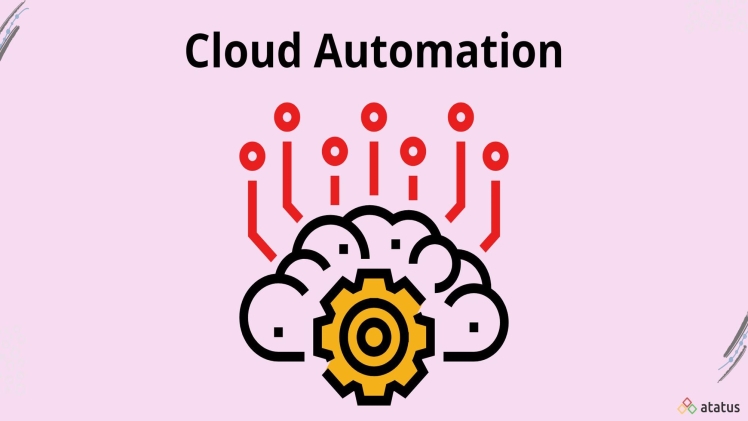In today’s fast-paced business environment, every organization seeks to streamline its operations and gain a competitive edge. cloud automation, is one of the most effective ways to achieve this. Businesses can improve efficiency, reduce costs, and increase agility by automating routine tasks and processes in the cloud.
1. Managing Cloud Resources
The use of cloud computerization enables effective oversight, management, and optimization of all cloud resources in your environment, such as operating systems, applications, networks, and databases. This increased visibility allows for more efficient utilization of resources.
Through CX automation, you can establish automatic resource usage limits based on specific business rules. These include; time of day or maximum capacity, set user access controls, generate compliance reports, and many more.
It liberates IT teams from repetitive manual administrative tasks, allowing them to concentrate on higher-level responsibilities aligned with the organization’s business objectives.
2. Virtual Network Creation
A virtual network allows for communication between virtual machines (VM), virtual servers, and other components of a virtualized environment.
Cloud computerization employs software to simplify the creation, deployment, and delivery of components in a virtual network. It mitigates human error in network management and operations, shortens service provisioning time, and quickly resolves network and security issues.
3. Simplifies Processes
The presence of a diverse IT infrastructure resulting from the adoption of cloud technology can create significant operational challenges. However, implementing a cloud computerization framework can streamline deployment processes and minimize associated enterprise complexities. Improvements in IT department functionality can have positive ripple effects throughout a business.
4. Streamlining Enterprise Workload Deployment
Deploying and operating enterprise workloads on a traditional network is a tedious and manual process involving repetitive tasks. This process is inefficient and can result in errors that compromise security, cause network downtime, and reduce productivity.
By leveraging automation, enterprises can eliminate the repetitive and manual tasks involved in deploying and managing workloads. Administrators can use to monitor network environments and adjust workloads as needed, improving efficiency and reducing the risk of errors.
Automation solutions are faster, more secure, and more scalable than manual solutions. They can lead to fewer errors and more predictable and reliable workflows, improving productivity and reducing network downtime.
5. Reduces IT Infrastructure Costs
On the cloud, businesses are charged only for the resources they utilize, and eliminating resources is a straightforward process. In contrast, physical IT deployments require additional hardware to test or deploy new features. The process is further delayed by waiting for the deployment and commissioning of physical servers.
Ensuring Availability and Performance
Cloud solutions provide inherent monitoring mechanisms that enable the configuration of alerts to oversee the network environment for possible problems and occurrences that could impact resource availability and performance.
By utilizing cloud automation, predefined thresholds can be established to handle incidents like out-of-memory errors and unresponsive databases. At the same time, workflows can be set up beforehand to address issues automatically. Collected metrics from the cloud environment can also help refine configurations for optimal performance.
Cloud computerization offers myriad benefits that can revolutionize how businesses operate. Ultimately, embracing cloud automation can help organizations stay ahead of the curve in today’s rapidly evolving digital landscape, enabling them to remain competitive and succeed in the long run.





